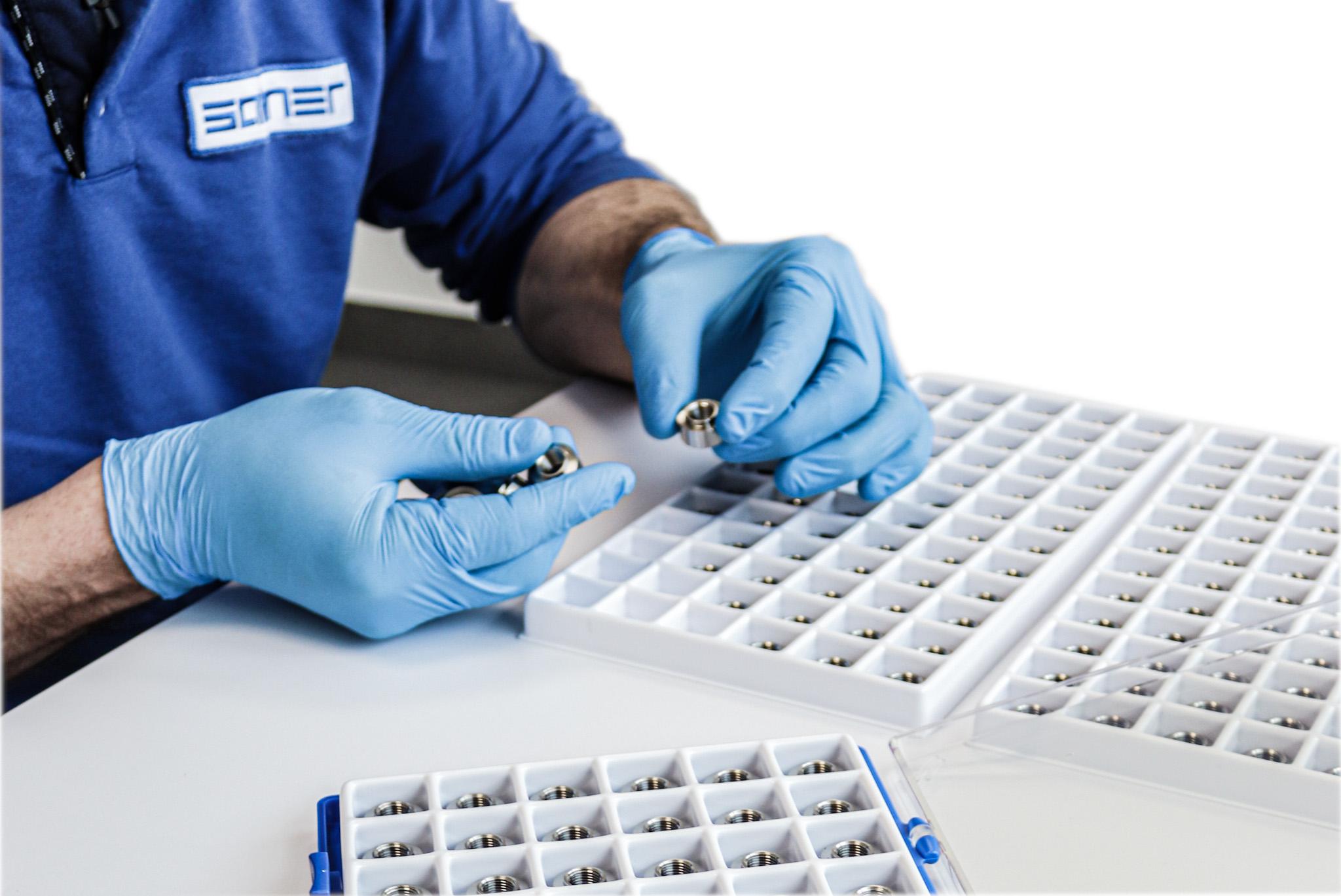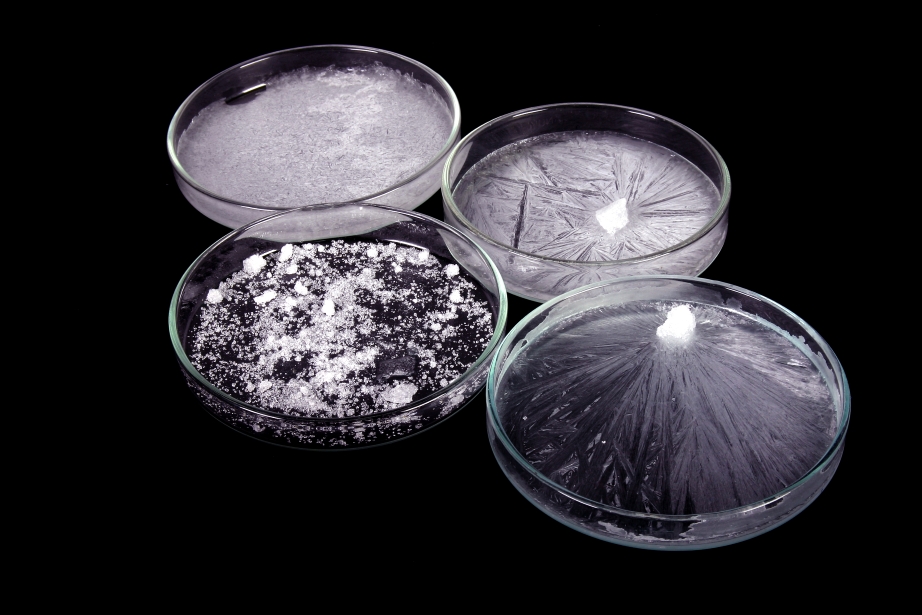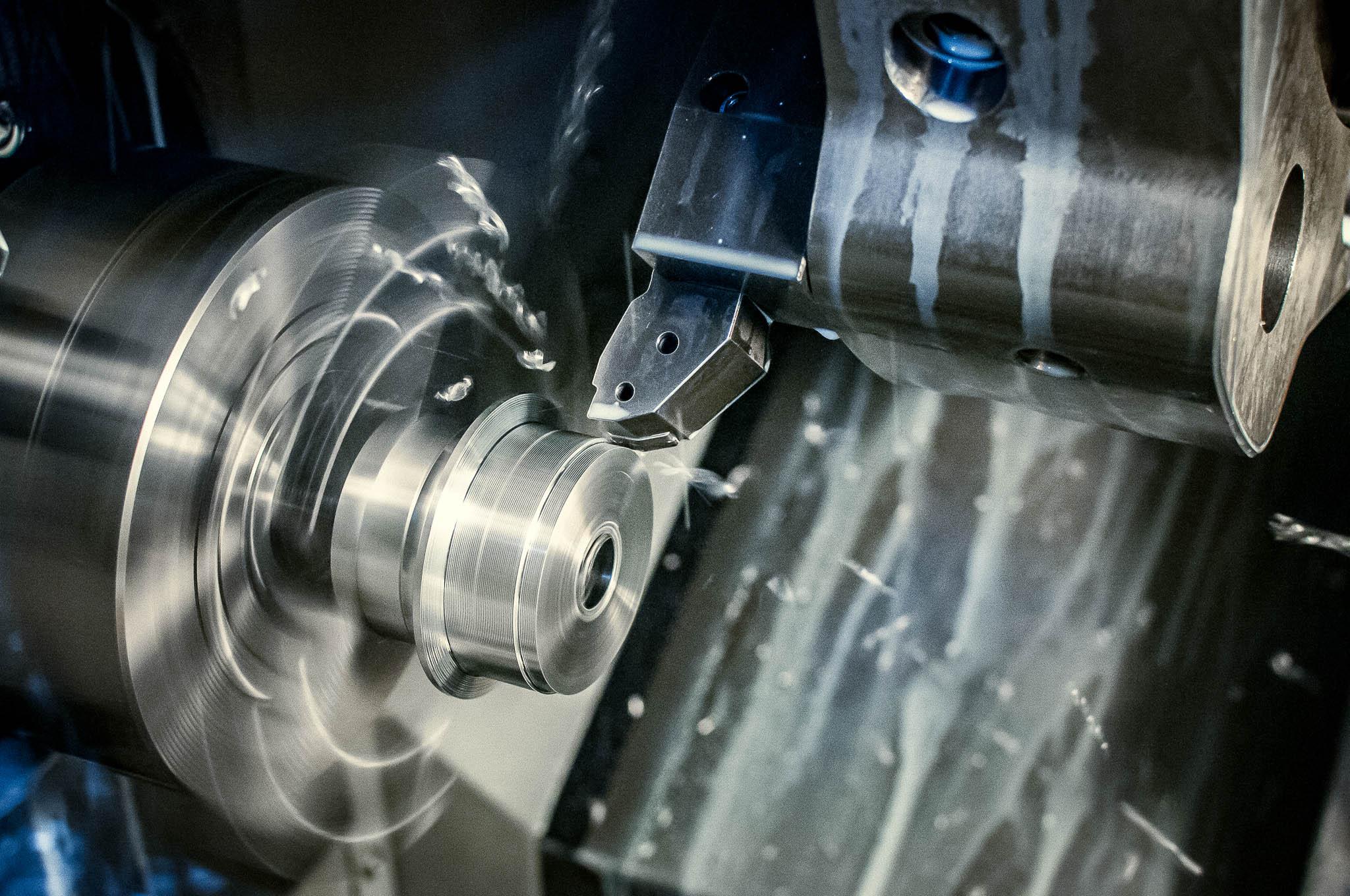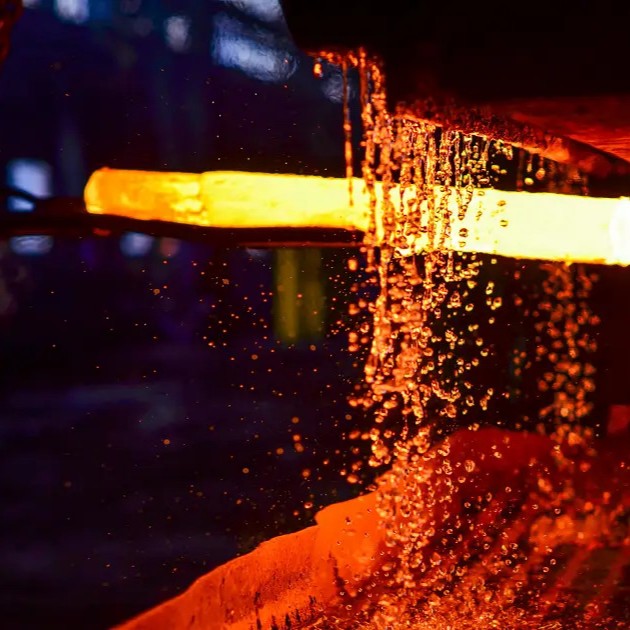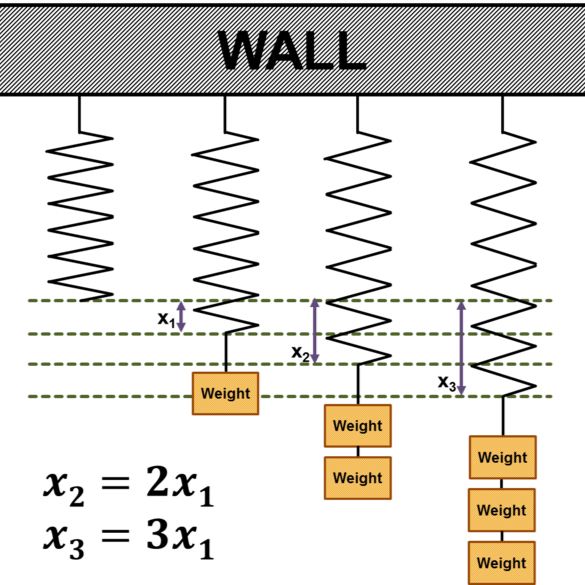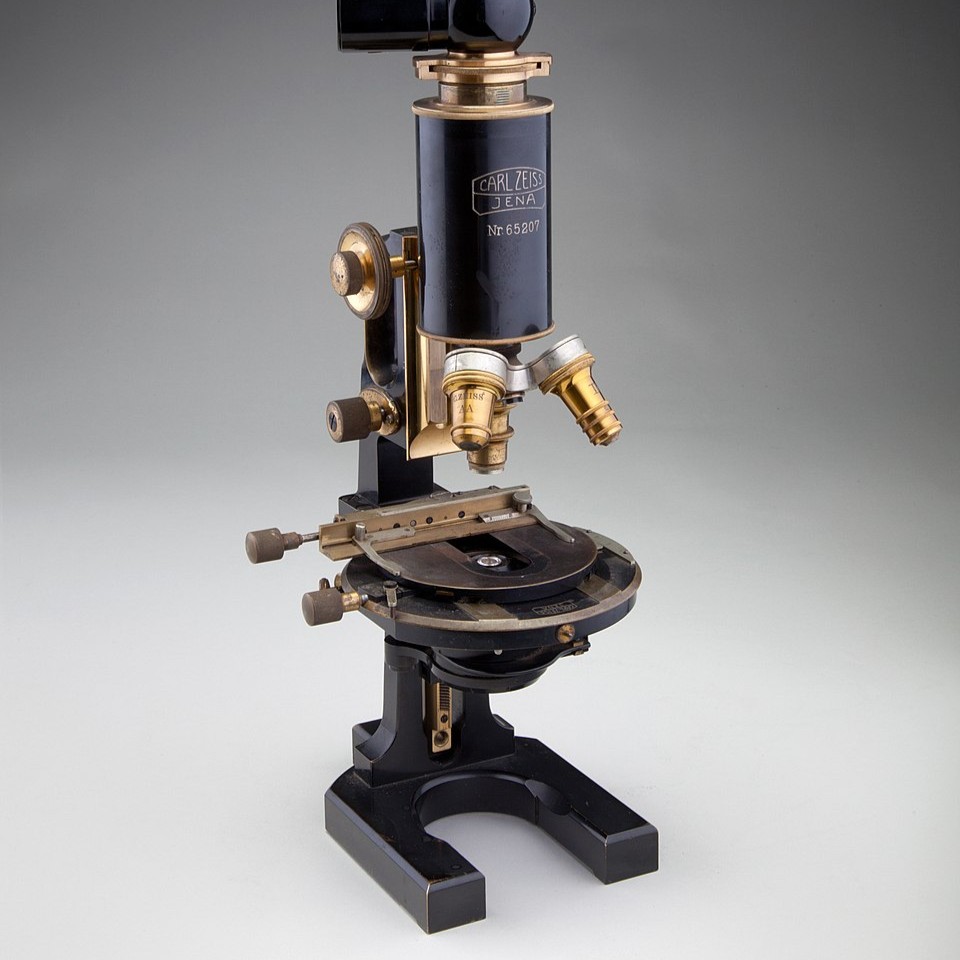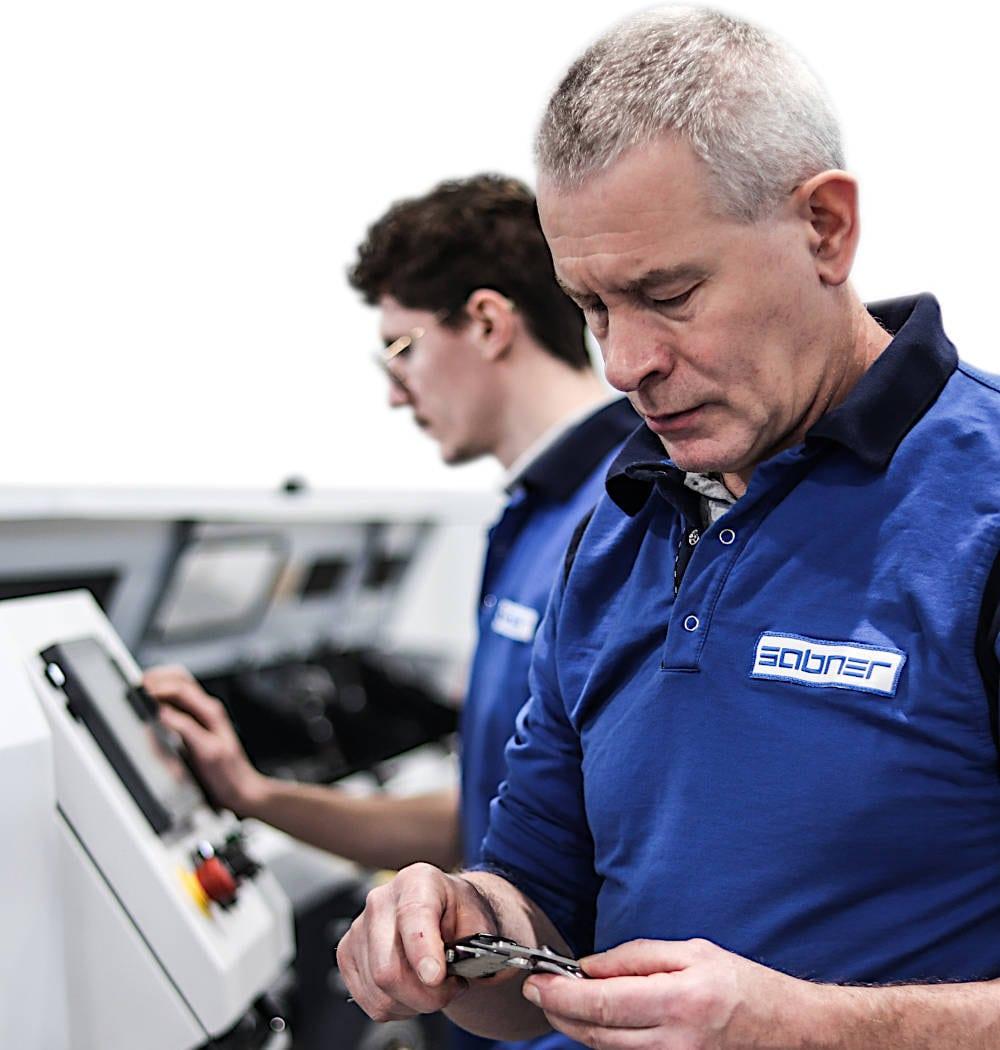Serial production at low cost, or a brief look at the advantages of CNC turning
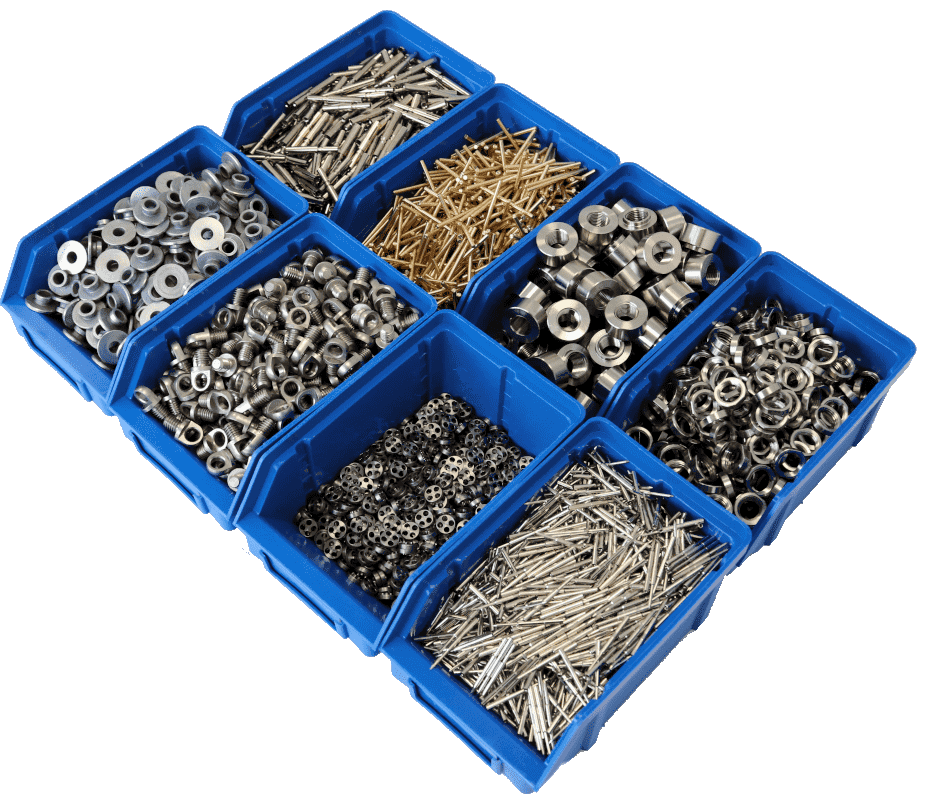
What is serial production in CNC turning?
CNC turning is an increasingly used method of metal machining. With the current advancement of technological processes, manufacturing companies are looking for ways to optimize costs. This is especially true for mass production when the machining process must be standardized and highly accurate. The use of equipment based on the operation of computer systems allows a combination of obtaining high-quality machining while reducing costs.
Turning is called such machining of a material, which is based on the removal of excess material, allowing it to achieve the desired and ideal shape of a solid, such as a sphere, cylinder, or cone. The CNC (Computerized Numerical Control) method is a precision machining method in which the turning process is automated through a microcomputer, which is integrated into the control part of the machine. Thus, the lathe itself is numerically controlled. The workpiece is put into rotary motion in the turning process while the cutting tool performs a rectilinear feed motion.
Unlike manual devices of this type, the process is computer-controlled, so it does not require manual intervention by the operator. Among the manual operations, therefore, all that remains is arming the machines, clamping the material, calling up the appropriate program, and setting it to zero. During machining, the moving parts in the machine tool are constantly corrected and restored to the alignment specified in the program’s assumptions. This also means constantly comparing output values to those achieved in the machine. So, what are the advantages associated with using CNC turning?
CNC turning – Precision and repeatability
Among the main advantages of this technology is the extreme accuracy and repeatability of the parts made, which makes this method so desirable in the context of mass production. The parts obtained perfectly reproduce the assumed designs, making it possible to produce a whole series of the same products.
By the way, any errors are minimized, which is a huge problem in manual machining. Turned parts are characterized by a very high quality of the obtained surfaces, which do not require subsequent additional finishing. This affects the shortening of the entire process and less material consumption. At the same time, it is worth noting that this method can be used for machining various types of materials, both artificial and metal, such as cast iron, steel, or brass.
CNC turning – Speed and economy
Machines using CNC turning have significantly improved the entire metal machining process. This is an optimal solution for both small- and large-scale production. The time to produce even complex precision parts is much shorter than with manual machining while at the same time significantly reducing possible errors. In practice, this, therefore, means saving both time and the material itself – for this reason, CNC turning is more efficient and economical.
Eliminating potential errors or loss of raw material means reducing unnecessary costs; moreover, reducing machining time has a positive effect on the production economy. Simultaneously, workplace safety is enhanced as the operator won’t have direct contact with the workpiece while it’s being machined.
Applications of CNC turning
By adjusting the cutting parameters with a computer’s help, the cutting tool’s life is also extended. The numerous advantages of this method make it increasingly used in various industries where mass production takes place.
